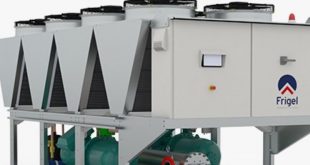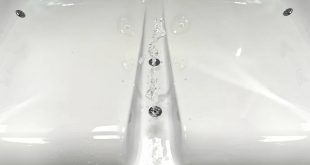Around the Town Heating & Cooling – Chicago AC Repair Service

As we steer towards a greener future, the adoption of heat pumps has become a pivotal element in reducing emissions and promoting energy efficiency. Heat pumps are remarkable devices that pull heat from the air—even during winter—to warm buildings while reversing in the summer to function as air conditioners. Transitioning to these fully electric systems could significantly cut national emissions by leveraging a grid that’s progressively relying on renewable energy
Despite their potential, the widespread deployment of heat pumps faces a significant hurdle: the shortage of skilled workers for installation. This gap in the skilled labor market is emerging as a primary bottleneck, preventing these environmentally friendly systems from reaching their potential.
The Training Gap and Its Implications
Currently, the demand for heat pump installations surges especially during peak seasons, but the availability of trained contractors does not meet this demand. This mismatch leads to what climate economists like Gernot Wagner from Columbia Business School refer to as “greenflation” – inflation driven by the costs associated with transitioning to green technologies.
The solution, however, is straightforward but costly: training a new workforce. This investment in human capital is essential for the broader adoption of green technology, which not only benefits the environment but also offers substantial economic returns by creating jobs and reducing energy costs in the long run.
Expanding the Workforce
The industry needs various professionals, not just electricians. From those determining the specific heat pump requirements for different buildings to the technicians installing and maintaining these systems, a wide range of skills is required. Moreover, as our energy grid transitions to accommodate more renewable sources, specialists in grid retrofitting and weatherization will also be in high demand to enhance the efficiency of these installations.
Recognizing the urgency, the Biden administration and several states have initiated substantial funding and collaborative efforts to boost heat pump manufacturing and adoption. These governmental incentives, alongside potential tax rebates for homeowners opting for heat pumps, underscore a growing institutional support to overcome the workforce challenge.
Looking Ahead: A Sustainable Future
As the market matures, similar to the evolution seen in the electric vehicle sector, the accessibility and familiarity with heat pumps are expected to improve. Learning from regions like Finland, where heat pump systems are commonplace, can provide valuable insights into effectively managing this transition.
The path forward involves not only scaling up training programs across the U.S. but ensuring these programs are capable of delivering the requisite quality of service. This approach will safeguard the reputation of heat pumps as a viable and efficient alternative to traditional heating and cooling systems, ensuring they play a crucial role in our journey towards a sustainable future.
In conclusion, while the challenge is substantial, the combined efforts of government support, industry initiatives, and public acceptance are setting the stage for a major transformation in how we heat and cool our buildings, steering us closer to our climate goals.
 News Chicago Business, Info & Events
News Chicago Business, Info & Events








